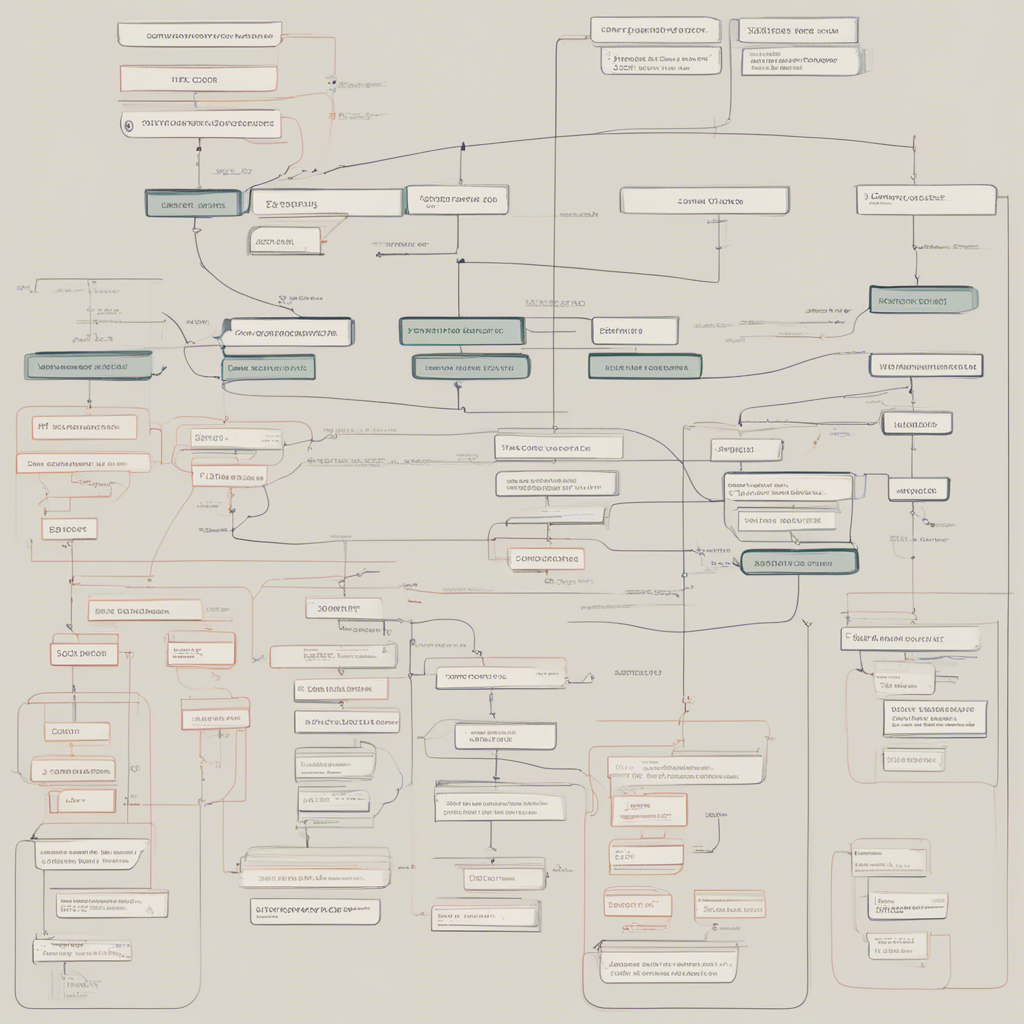
Securing Your Digital Identity: Best Practices
In today’s hyper-connected world, the internet has become an integral part of our lives. From online shopping to social media interactions, we rely on digital platforms for a wide range of activities. However, as our online presence grows, so does the risk of our digital identity being compromised. Your digital identity encompasses all the information about you that exists online - from personal details to financial records. In this blog post, we will explore best practices for securing your digital identity, helping you safeguard your online presence and protect yourself from cyber threats.
1. Use Strong, Unique Passwords
One of the fundamental aspects of securing your digital identity is ensuring that you have strong, unique passwords for each online account you use. Using simple, easily guessable passwords or reusing passwords across multiple accounts significantly increases the chances of a hacker gaining unauthorized access. Aim for passwords that are at least 12 characters long and include a mix of upper and lowercase letters, numbers, and symbols.
To help manage multiple passwords, consider using a password manager. Password managers securely store your login details and can even generate strong, unique passwords for you. Popular password managers include LastPass, Dashlane, and 1Password.
2. Enable Two-Factor Authentication (2FA)
Two-factor authentication (2FA) is an additional layer of security that provides an extra verification step when logging into your online accounts. It typically involves providing a second form of identification, such as a unique code sent to your mobile device, in addition to your password. By enabling 2FA, even if your password gets compromised, unauthorized access to your accounts becomes significantly more difficult.
Most major online services, including social media platforms, email providers, and financial institutions, offer 2FA. It is highly recommended to enable this feature wherever possible.
3. Keep Your Devices Updated
Regularly updating your devices, including smartphones, tablets, computers, and IoT devices, is crucial for maintaining the security of your digital identity. Software updates often include patches for known vulnerabilities, making your devices less susceptible to hackers. Enable automatic updates whenever available, or set reminders to check for updates frequently.
Don’t forget to update your apps as well. Third-party apps, especially those with access to sensitive information, should be updated regularly to ensure they have the latest security features and bug fixes.
4. Be Cautious of Phishing Attacks
Phishing attacks are a common method used by cybercriminals to trick individuals into revealing sensitive information, such as login credentials or financial data. These attacks often involve emails, text messages, or phone calls that seem legitimate but are designed to deceive you.
To protect yourself from phishing attacks, follow these best practices:
- Be wary of emails or messages asking for personal information or directing you to click on suspicious links.
- Double-check the sender’s email address and the website URL before sharing any sensitive data.
- Avoid providing confidential information through unencrypted or unsecured websites.
- Educate yourself about common phishing tactics and learn to spot warning signs.
5. Secure Your Wi-Fi Network
Securing your Wi-Fi network is essential to prevent unauthorized individuals from gaining access to your internet connection and potentially intercepting your online activities. Follow these steps to secure your Wi-Fi:
- Change the default administrator password for your Wi-Fi router.
- Use a strong Wi-Fi password that is unique and not easily guessable.
- Enable network encryption, such as WPA2 or WPA3, to encrypt the data transmitted over the network.
- Disable remote management to prevent unauthorized access.
6. Practice Safe Social Media Usage
Social media platforms have become a hotbed for cybercriminals looking to exploit personal information. Here are some best practices to secure your digital identity on social media:
- Regularly review your privacy settings and limit the amount of personal information visible to the public.
- Be cautious about accepting friend or connection requests from unknown individuals.
- Avoid sharing sensitive information, such as your home address or phone number, in public posts or messages.
- Be selective about the information you share in your social media profiles, as it can be used to answer security questions for other online accounts.
7. Regularly Monitor Your Accounts
Regularly monitoring your online accounts for any suspicious activity is crucial for detecting potential breaches or unauthorized access. Keep a close eye on your bank accounts, credit cards, and any other platforms that contain sensitive information. Set up transaction alerts, and report any suspicious activity to the respective service provider immediately.
8. Educate Yourself About Cybersecurity
Staying informed about the latest cybersecurity threats and best practices is an ongoing responsibility. Invest time in educating yourself about the common techniques used by cybercriminals and strategies to protect your digital identity. Reputable sources, such as cybersecurity news websites, government agencies, and industry experts, offer valuable resources to help you stay vigilant.
Conclusion
Securing your digital identity is an ongoing effort that requires a combination of best practices, awareness, and active monitoring. By using strong, unique passwords, enabling two-factor authentication, keeping your devices updated, being cautious of phishing attacks, securing your Wi-Fi network, practicing safe social media usage, regularly monitoring your accounts, and educating yourself about cybersecurity, you can significantly reduce the risk of your digital identity being compromised.
Remember, cyber threats are constantly evolving, so it’s important to stay proactive and adapt your security measures accordingly. By employing these best practices, you can enjoy the benefits of the digital world while minimizing the risks to your online identity. Stay safe and secure in your digital endeavors!
Note: This blog post is intended to provide general guidelines for securing your digital identity. For specific advice tailored to your individual needs, consult with a cybersecurity professional.






